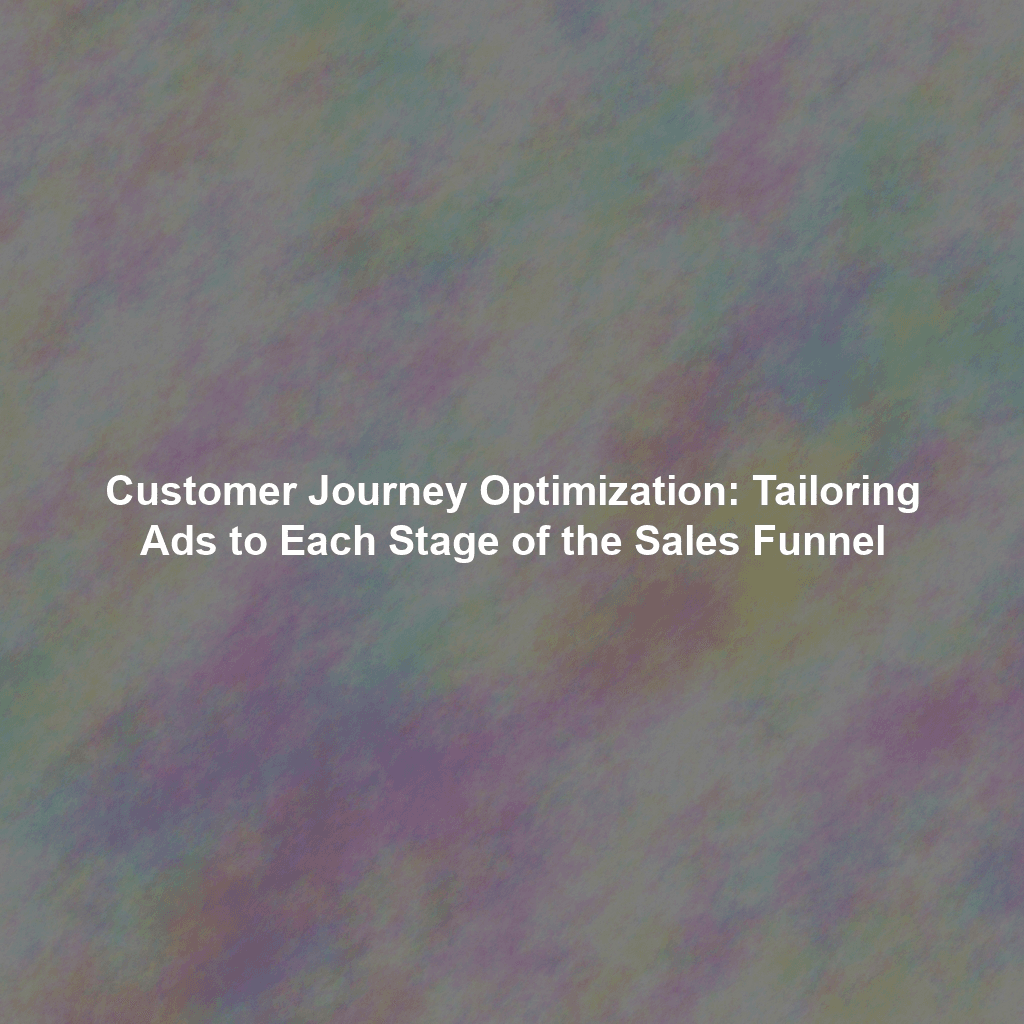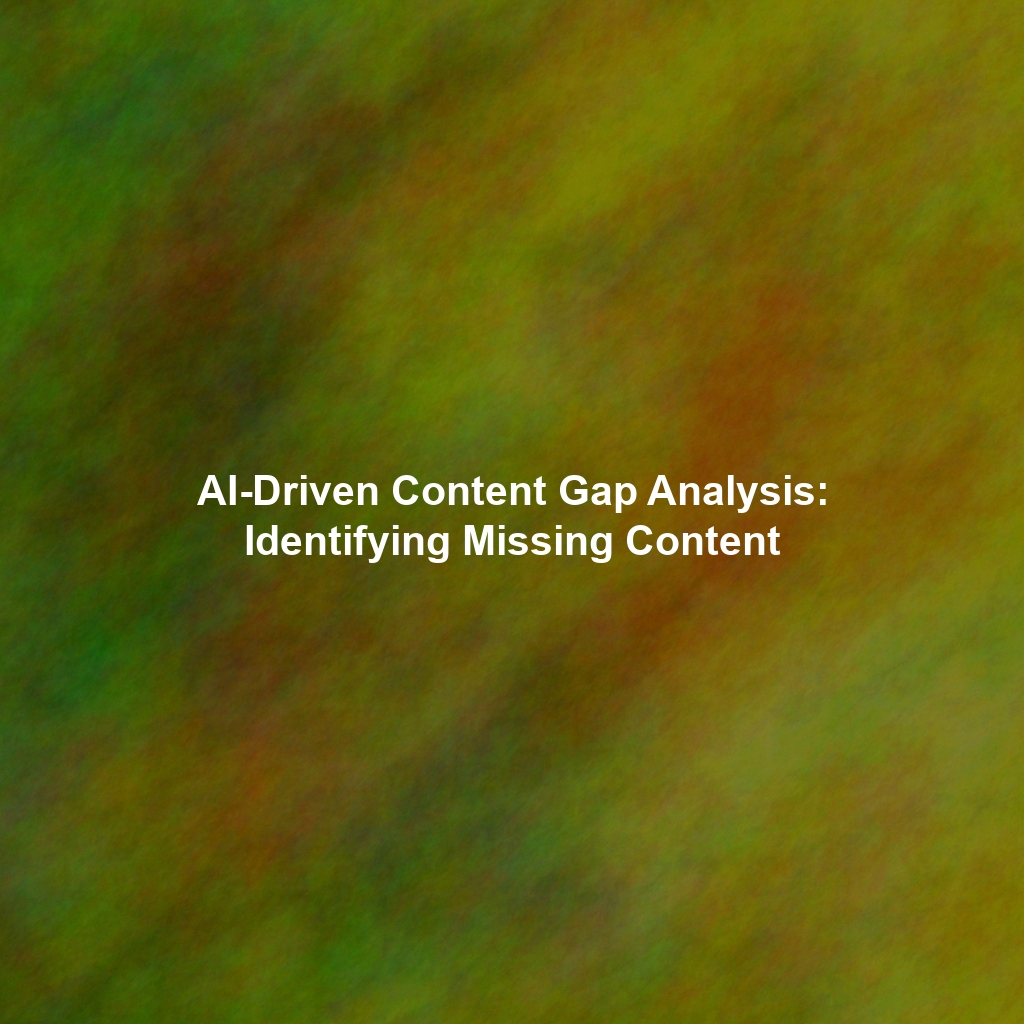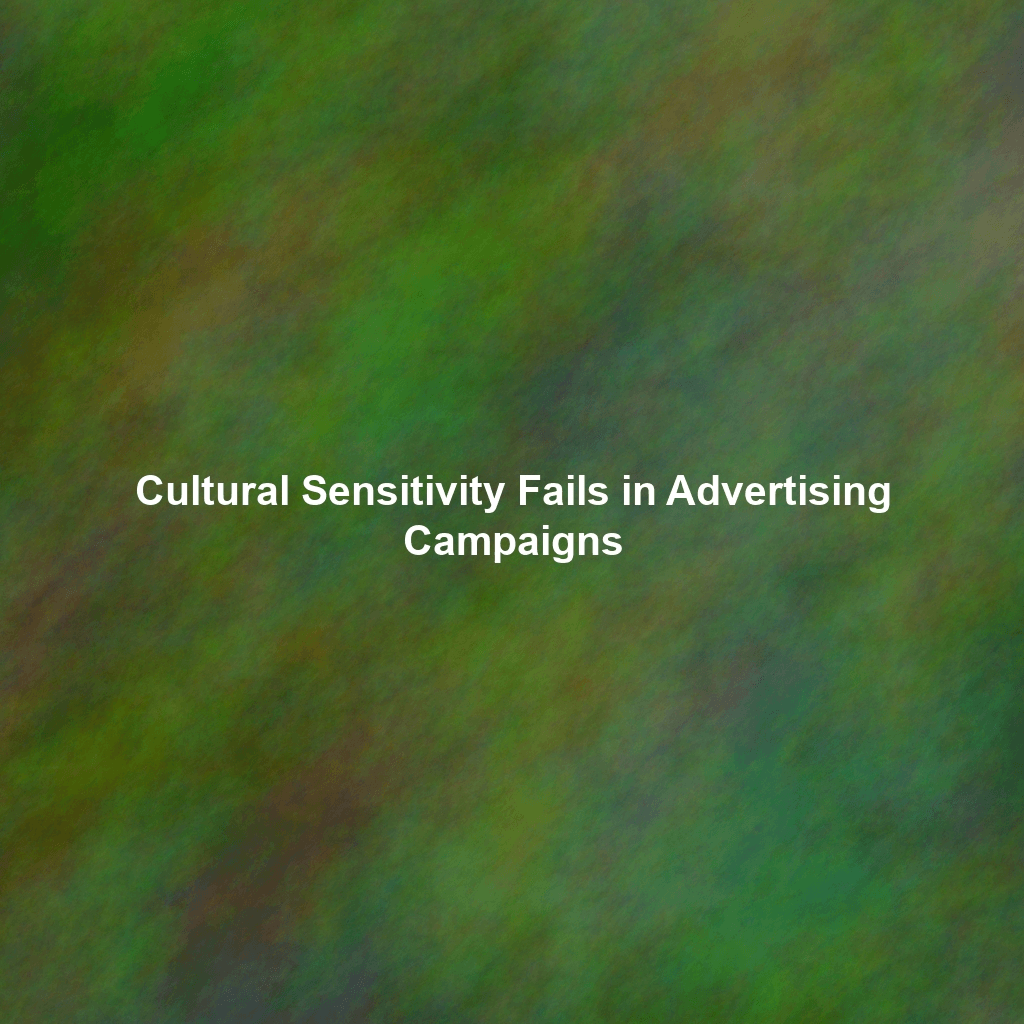This article dives deep into how to optimize your customer journey by strategically tailoring your advertisements to each distinct stage of the sales funnel, transforming your remarketing efforts from a generic afterthought into a powerful conversion engine.
Understanding the Sales Funnel: A Foundation for Targeted Advertising
The sales funnel is a conceptual framework that describes the customer’s journey from initial awareness of your brand to becoming a paying customer. While different models exist, a common representation includes these stages:
- Awareness: The customer becomes aware of your brand or product, often through initial marketing efforts or search.
- Interest: The customer shows interest in your product or service, perhaps by visiting your website or engaging with your content.
- Consideration: The customer actively researches your product or service, comparing it to alternatives.
- Decision: The customer decides to purchase your product or service.
- Action (Purchase): The customer completes the purchase.
- Retention (Advocacy): The customer becomes a loyal customer and advocates for your brand.
Recognizing the stage a user is in is crucial. A user who’s just discovered your brand needs a different message than someone who almost completed a purchase. Understanding this allows you to create highly targeted and relevant advertisements that resonate with their specific needs and concerns.
Mapping Your Customer Journey
Before you can tailor your ads effectively, you need to map out your customer journey. This involves understanding the various touchpoints a customer has with your brand, both online and offline. Consider these questions:
- How do customers typically discover your brand? (e.g., search engines, social media, referrals)
- What actions do they take on your website? (e.g., view specific product pages, download resources, subscribe to your newsletter)
- What questions or concerns might they have at each stage?
- What are the common obstacles that prevent them from moving to the next stage?
Analyzing website analytics, conducting customer surveys, and engaging with your audience on social media can provide valuable insights for mapping your customer journey.
Tailoring Ads to Each Stage of the Sales Funnel: A Practical Guide
Now, let’s explore how to create targeted ad campaigns for each stage of the sales funnel:
1. Awareness Stage: Introducing Your Brand and Capturing Attention
At the awareness stage, potential customers are just beginning to learn about your brand. Your goal is to make a strong first impression and introduce them to your product or service.
- Ad Objectives: Focus on brand awareness, reach, and website traffic.
- Targeting: Utilize broad demographic and interest-based targeting to reach a wide audience. Consider lookalike audiences based on your existing customer base.
- Ad Creative: Use visually appealing images or videos that showcase your brand’s personality and value proposition. Focus on highlighting the problem you solve and the benefits you offer.
- Messaging: Keep your messaging concise and engaging. Focus on creating curiosity and driving traffic to your website. Examples include: “Discover [Your Brand] and Solve [Problem]”, “[Your Brand]: Your Solution for [Specific Need]”.
- Landing Page: Direct users to a relevant landing page with informative content that further introduces your brand and product. Consider offering a free resource or valuable content to capture their email address for future nurturing.
2. Interest Stage: Nurturing Leads and Building Engagement
At the interest stage, potential customers have shown some initial interest in your brand. Your goal is to nurture this interest and encourage them to learn more.
- Ad Objectives: Focus on website traffic, engagement, and lead generation.
- Targeting: Remarket to users who have visited specific pages on your website, engaged with your content on social media, or subscribed to your email list.
- Ad Creative: Showcase specific features and benefits of your product or service. Use compelling visuals and strong calls to action. Consider using customer testimonials or case studies to build trust.
- Messaging: Provide valuable information and address common questions or concerns. Examples include: “Learn More About [Specific Feature] and How it Can Help You”, “Download Our Free Guide on [Relevant Topic]”.
- Landing Page: Direct users to landing pages with detailed product information, customer reviews, and clear calls to action. Consider offering a discount or special promotion to incentivize them to take the next step.
3. Consideration Stage: Addressing Objections and Showcasing Value
At the consideration stage, potential customers are actively researching your product or service and comparing it to alternatives. Your goal is to address their objections and showcase the unique value you offer.
- Ad Objectives: Focus on website traffic, lead generation, and conversions.
- Targeting: Remarket to users who have viewed product pages, compared prices, or abandoned their shopping carts.
- Ad Creative: Highlight your competitive advantages, such as superior quality, exceptional customer service, or unique features. Use comparison charts or case studies to demonstrate your value.
- Messaging: Address specific objections and concerns that potential customers might have. Examples include: “See How [Your Product] Compares to the Competition”, “Our Guarantee: If You’re Not Satisfied, We’ll Make It Right”.
- Landing Page: Direct users to landing pages that provide detailed comparisons, customer reviews, and compelling reasons to choose your product. Offer a free trial or demo to allow them to experience the value firsthand.
4. Decision Stage: Closing the Deal and Driving Conversions
At the decision stage, potential customers are ready to make a purchase. Your goal is to provide a final push and remove any remaining obstacles.
- Ad Objectives: Focus on conversions and sales.
- Targeting: Remarket to users who have added items to their cart but haven’t completed the purchase.
- Ad Creative: Use urgency and scarcity to encourage immediate action. Offer a limited-time discount or free shipping.
- Messaging: Remind customers of the benefits of your product or service and highlight the ease of purchase. Examples include: “Don’t Miss Out! Get [Your Product] Now and Save [Discount]”, “Complete Your Order Today and Get Free Shipping”.
- Landing Page: Direct users directly to the checkout page with pre-filled information and a streamlined checkout process. Ensure a secure and trustworthy payment gateway.
5. Retention Stage: Nurturing Loyalty and Encouraging Advocacy
The customer journey doesn’t end with the first purchase. Retaining existing customers is crucial for long-term success. Your goal is to nurture loyalty and encourage advocacy.
- Ad Objectives: Focus on repeat purchases, customer lifetime value, and referrals.
- Targeting: Target existing customers with personalized offers and exclusive deals.
- Ad Creative: Showcase new products, upgrades, or services that might be of interest. Offer loyalty rewards or referral bonuses.
- Messaging: Thank customers for their business and highlight the value of their continued relationship. Examples include: “Thank You for Your Purchase! Here’s a Special Offer Just for You”, “Refer a Friend and Get [Reward]”.
- Landing Page: Direct users to their account page with personalized recommendations and exclusive offers. Encourage them to leave reviews and share their experiences on social media.
Key Considerations for Effective Customer Journey Optimization
While tailoring ads to each stage of the sales funnel is essential, keep these additional factors in mind:
- Segmentation: Don’t just rely on funnel stage. Segment your audience based on demographics, interests, purchase history, and other relevant factors to create even more targeted campaigns.
- A/B Testing: Continuously test different ad creatives, messaging, and landing pages to optimize your campaigns for maximum performance.
- Frequency Capping: Avoid overwhelming users with too many ads. Set frequency caps to limit the number of times a user sees your ads within a given timeframe.
- Data Privacy: Be transparent about how you collect and use customer data. Comply with all relevant privacy regulations.
- Attribution Modeling: Understand which touchpoints are most influential in driving conversions. Use attribution modeling to accurately measure the ROI of your marketing efforts.
Conclusion: Transform Your Remarketing with a Customer-Centric Approach
By strategically tailoring your advertising campaigns to each stage of the sales funnel, you can transform your remarketing efforts from a generic afterthought into a powerful conversion engine. Understanding your customer’s journey, addressing their needs and concerns at each stage, and providing a seamless and personalized experience will not only drive more sales but also build long-lasting customer relationships. Embrace a customer-centric approach, and watch your conversions soar.
 Skip to content
Skip to content

